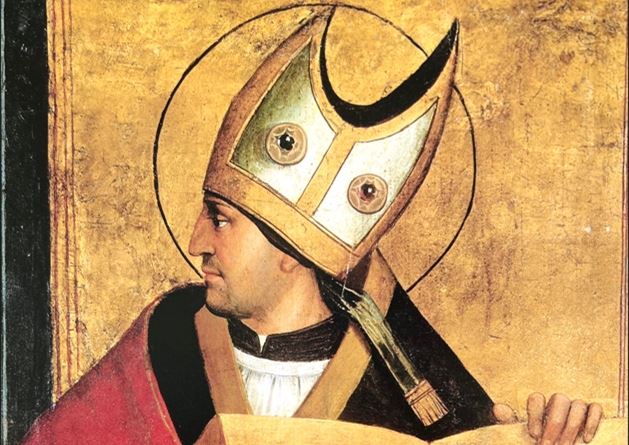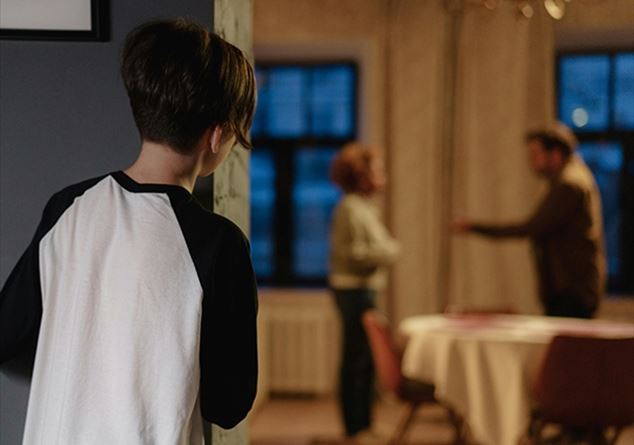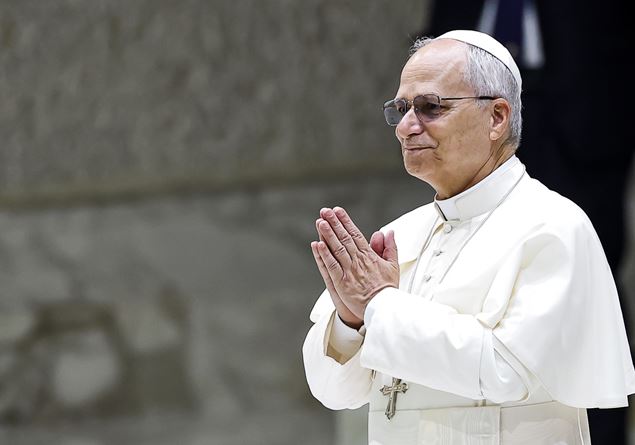Several times Pope Leo XIV has called himself “son of Sant’Agostino”. Who was Augustine? What did he write and what spiritual inheritance does he leave today? We offer you a four -episode trip published on believe n. 28/2018
To find out more closely this giant of the history of the Church and its spirituality which deeply marks that of the American Pontiff.
by Fratel Michael Davide Semeraro
Born in Tagaste in Africa in 354, from a Christian mother and Pagano father, Agostino, after troubled vicissitudes, arrives at the Christian faith in 386. Having become bishop of Hippona (in the current Algeria), he devoted himself assiduously to the pastoral commitment, the preaching and the drafting of theological writings of all kinds. Red threads of its vast theological production are the primacy of grace and charity as a form of obedience to the Gospel
The pleasure of being loved
In Confessions Agostino himself shares with his readers a sort of psycho-social autobiography. Agostino’s is a path from love to love. In fact he himself writes, returning to his youth: “The only pleasure was to love and be loved” (II, 2.2). Restless and dissatisfied man, he knew not only to look for, but even to rectify what he had found thus becoming a street companion for the seekers of meaning of each era, not ours not excluded. Of disappointment in disappointment and error in error came to know each other, recognizing himself indigent and thus opening up to the grace that everything knows how to renew and ennoble. He had wanted to make God the object of a conquest of intelligence, but in vain! Thus he surrendered to love and found peace, which he knew how to share with everyone.
From the equally research to inner peace
Possidio, a disciple to friend of Bishop Agostino, was also the first biographer and talks about it in these terms: “This memorable man, a member of the body of the Lord, was always prompt and vigilant for the good of the whole Church … he wrote and published many works; He supported many disputes in the Church; He himself collected and ordered his writings, both those against heretics, and the comments to the sacred books for the construction of the holy children of the Church. The strongest scholar as soon as he can read them and get to know them “(Vita, XVIII).
Agostino was born in Tagaste, in Numidia (Algeria), on November 13, 354. In this Latin land he will be a Roman of Africa and his will be the church of Tertullian and Cipriano. Very not very eastern, it will always be a Latin so as to hate the Greek, which never came to master. Her mother Monica was a Christian, while her father Patrizio was pagan, even if the sweetness and example of his wife will induce him to accept that they are ascribed among the catechumens and be baptized on the death bed. Agostino was of a fairly modest social condition and with limited resources. Around 361 he was sent to the Tagaste school. But a strange disease around 12 led him to ask for baptism that healing differs further. His studies had to be interrupted for a year in 369-370, because of the lack of resources by the father, and dates back to this year the history of the theft of pears (ConfessionsII, 4.9) and the comment on the entrance to the Circle of Sin: “Shame of being shame” (II, 9:17). In 370 we find him in Carthage to continue his studies and it is the moment of the death of his father who makes Agostino head of the head of the family and completely at the mercy by his youthful passions, always shared with friends, who will never miss him: in evil and for good.
After a time of frequency of the Manichean circles and the great disappointment of the personal meeting with their hero, Fausto, and after nine years of professor to Carthage here – deceiving his mother, who did not consent to his departure – he left for Rome in search of more disciplined pupils and wider horizons. In Rome he did not find such a better situation at the school level, but finally he succeeded – using his knowledge in the Manichean club – to be sent to Milan as a master of rhetoric and it is there that there was the great meeting with the bishop Ambrogio. In 385 Monica arrives in Milan, very admired by Ambrogio. Agostino lives in the company of some friends – Alipio and Nebrido – and his mother tries in every way to marry him, after having made him postpone the woman from whom he had had a son, Adeodato, who will remain with Agostino. In 386 the assiduous frequency of Ambrogio’s preaching, Plotino’s reading in the translation of Mario Vittorino and the reading of San Paolo will make him jump from sleeve to full adhesion to the Christian faith. By now everything was ready for the conversion: in August 386, lying on his health, Agostino leaves his occupation as a teacher to retire to the property of his true friend in Cassiciaco with his mother, the beloved son Adeodato and his friend Alipio.
At the end of the winter Agostino returned to Milan to give his name for the baptism, which he received on the night between 24 and 25 April 387 – at the age of 33 and for the hands of Ambrogio – together with his son Adeodato and his friend Alipio. While the mother Monica died in Ostia on the road to Africa, Agostino returned home to the autumn of 388. He stopped in Tagaste, his native country, where together with some friends he lived monastically, together with his son Adeodato who died – at sixteen – in 389. In the monastic quiet Augustine he began to write his first works, confiding that he could enjoy this peace for a long time, Call to the service of the people of God. In fact, the old bishop Valerio needed a priest who helped him above all in preaching and thus the choice fell on Agostino, to whom the bishop gave a garden in which to withdraw; And he agreed to give him a year to devote to the study of the Scriptures. Four years later he consecrated him coadjutor Bishop with the right of succession and in fact this occurred in 396 since he was bishop of the small city of Hippo.
As a bishop he certainly had no quiet life: synodes, councils, written works, sermons. There are 50 trips made by him and, especially in the direct care of his people, there was the struggle-which accompanied his whole life-against three fearsome opponents: Manichei (395-399), Donatists (393-420), Pelagiani (411 until death). In 426 Agostino approved by the Ippona people the designation to his successor of the priest Eraclio. In 426-427 the old bishop embarked on the review of all his writings (Retractationes) and, now sick, he was forced to stay in bed while the vandals besiege. He asked that he could “remain alone with God”. Ten days later he died: it was August 28 430.










